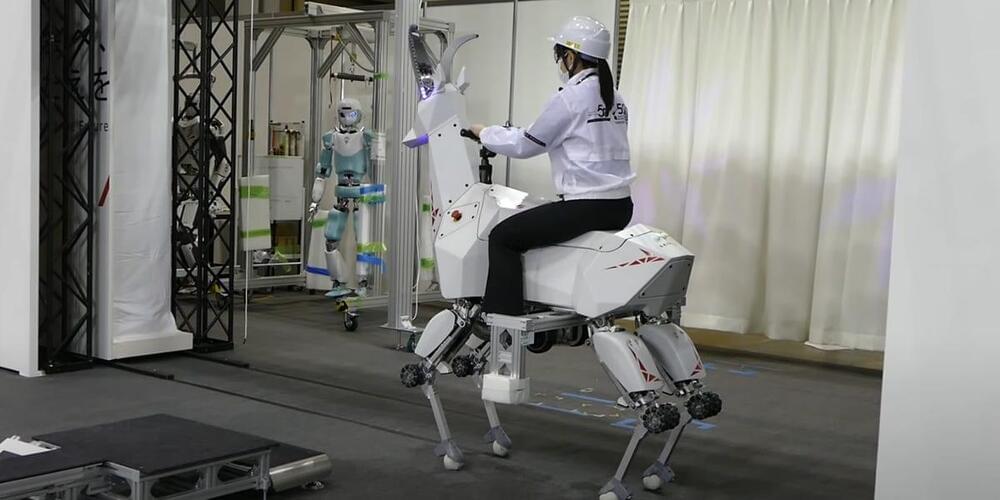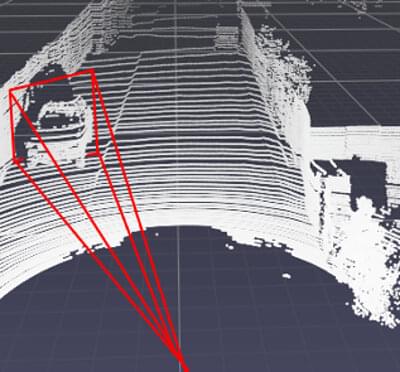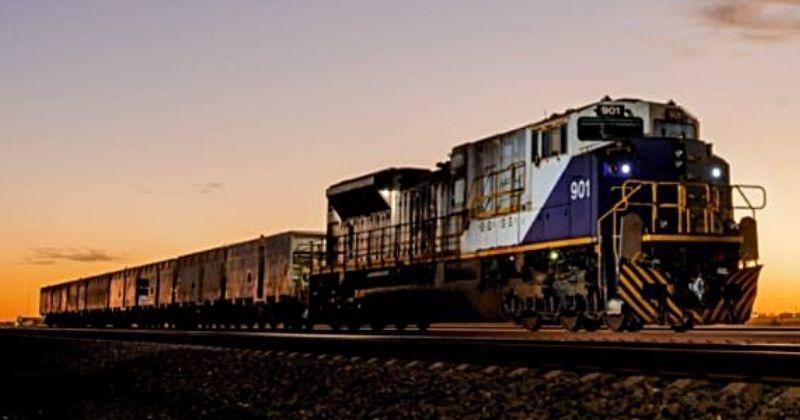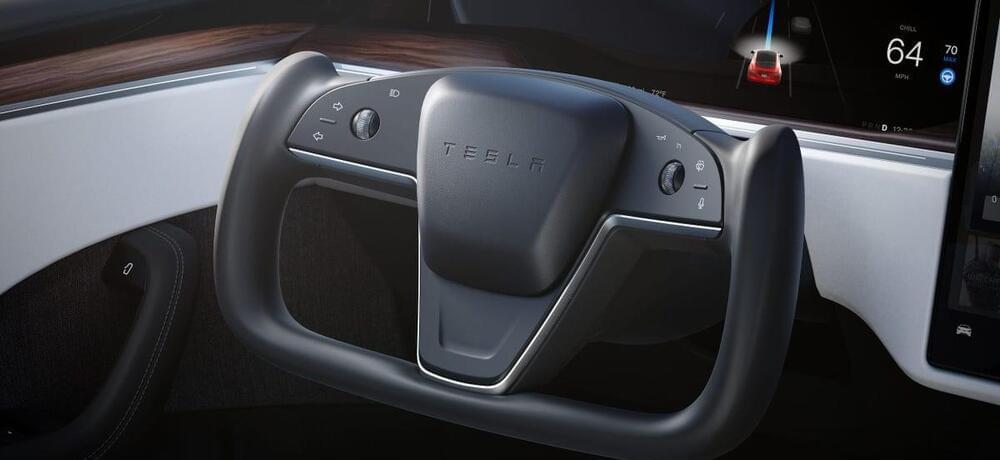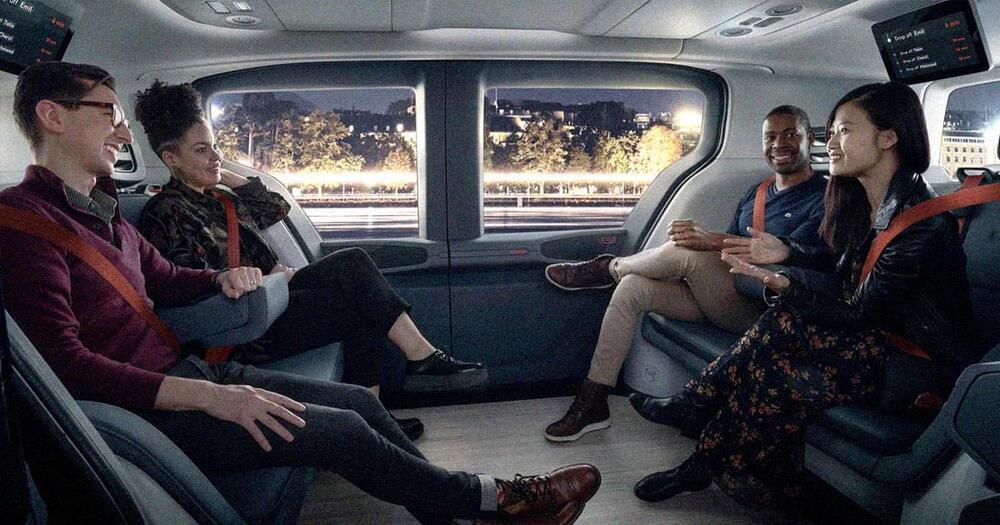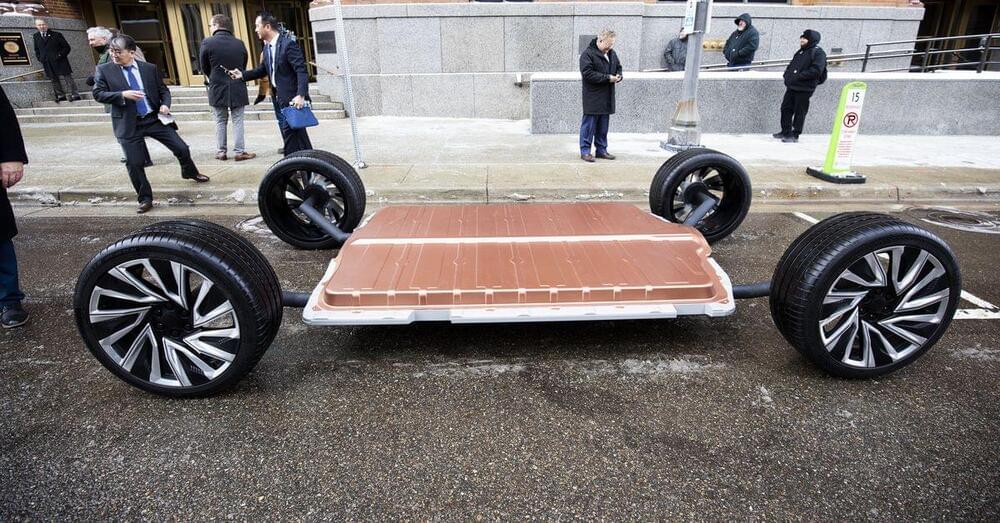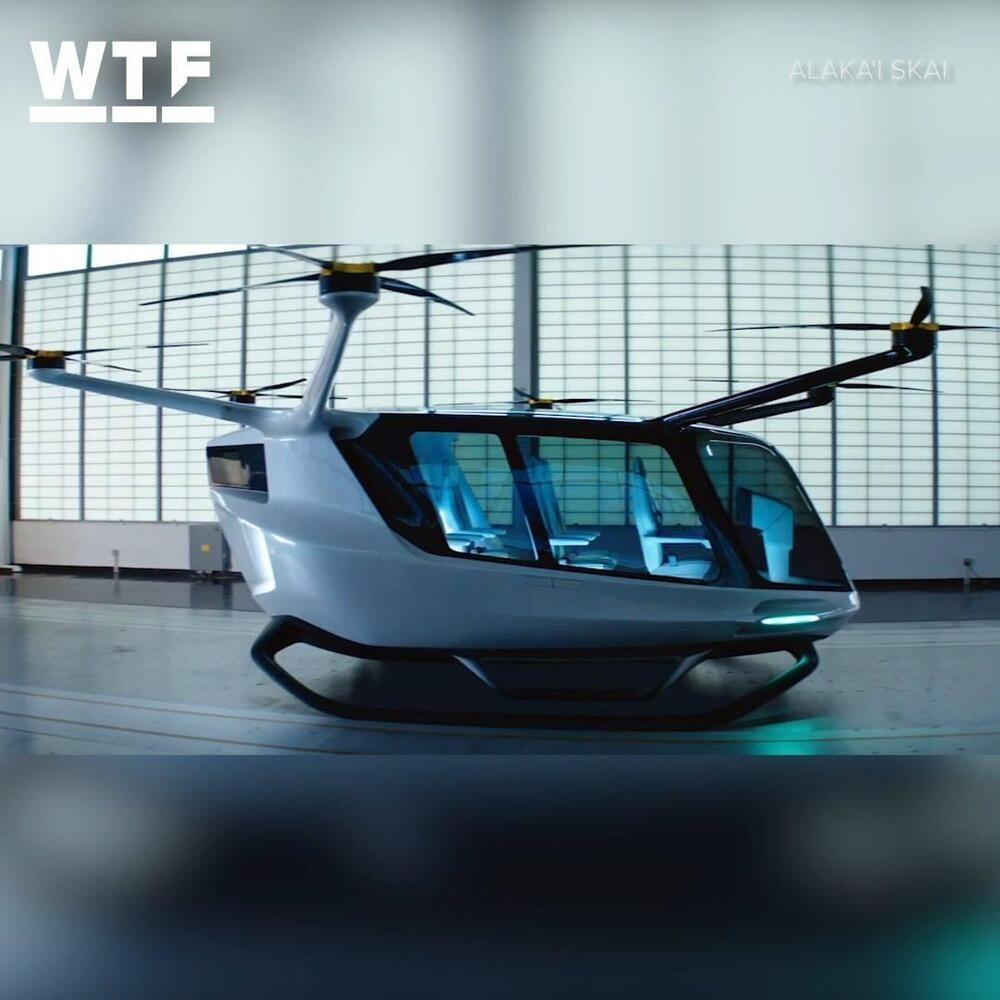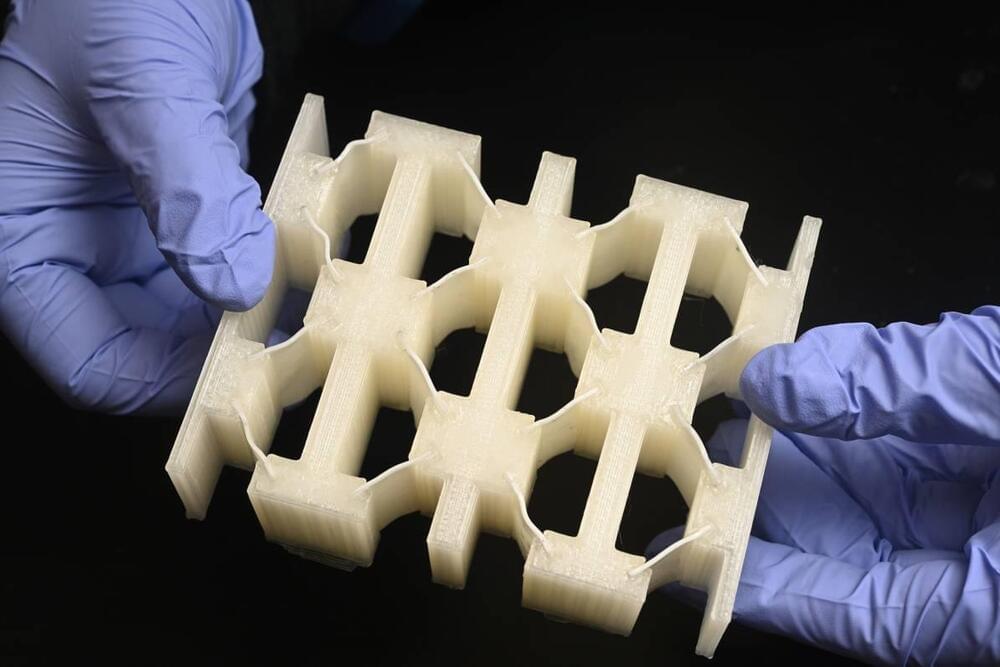
Researchers at Johns Hopkins University have developed a new shock-absorbing material that is super lightweight, yet offers the protection of metal. The stuff could make for helmets, armor and vehicle parts that are lighter, stronger and, importantly, reusable.
The key to the new material is what are known as liquid crystal elastomers (LCEs). These are networks of elastic polymers in a liquid crystalline phase that give them a useful combination of elasticity and stability. LCEs are normally used to make actuators and artificial muscles for robotics, but for the new study the researchers investigated the material’s ability to absorb energy.
The team created materials that consisted of tilted beams of LCE, sandwiched between stiff supporting structures. This basic unit was repeated over the material in multiple layers, so that they would buckle at different rates on impact, dissipating the energy effectively.
